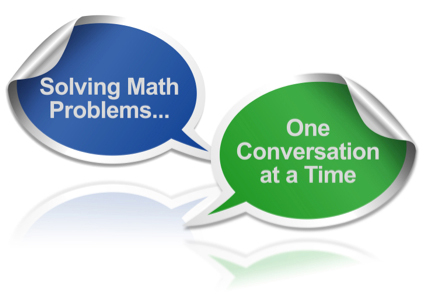Math Homework… Tonight?
Math homework often involves completing a set of similar math problems. The goal is to get the correct answer, often showing the steps performed along the way. If your child struggles with math, you know first-hand the frustration they experience when faced with a page of math problems they cannot solve.
Solving a math problem can involve performing a series of steps and calculations. Students will often judge their understanding by their ability to get the correct answer. If they get a wrong answer they may think… “I don’t get it!”
This is usually not the case. There are often some steps they do understand. But they may forget a step, or get them out of sequence. Which step or calculation do they not yet understand? This is the most important part of the learning process: to figure out where their difficulty is, so that your child can go back to school the next day and pinpoint this difficulty to their teacher. Learning how to speak up and advocate for themselves is an important skill for your child to learn, not just for math, but also for life.
Think of the Get it Guide Tutorials as an approach your child can use when learning new math concepts. An approach that focuses on communication. Communication is an important part of how we learn. Get it Guide tutorials will help your child practice communication skills such as reading aloud, thinking aloud, explaining and teaching as strategies for effective learning.
Getting your child to communicate about the math they are learning will also provide opportunities for you to have meaningful conversations about learning with your child. Conversations about what they are learning in math, what they understand and do not understand about solving a particular math problem. Reinforcing study habits for effective learning. Encouraging your child to seek out expert help from their math teacher.
Your child can practice the same approach to question themselves, and to think aloud when working through a math problem. This is what effective problem solvers do.

It’s as
Easy As…
Identify the types of math problems in your homework assignment (i.e. adding fractions, calculating surface area or solving 1-step equations).
Look at the Math Topic Categories below. Inside each category are various tutorials; browse for the one that matches the problems in your homework.
Use the slideshow tutorials, worksheets and videos to help you focus on and explain the key solution steps for completing your math homework. Determine the solution steps you feel confident performing as well as any solution steps you need to ask your teacher for help with next math class.
